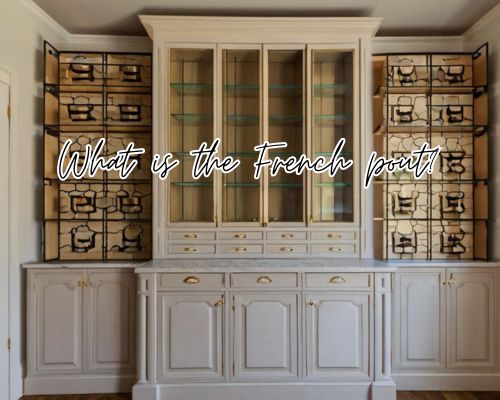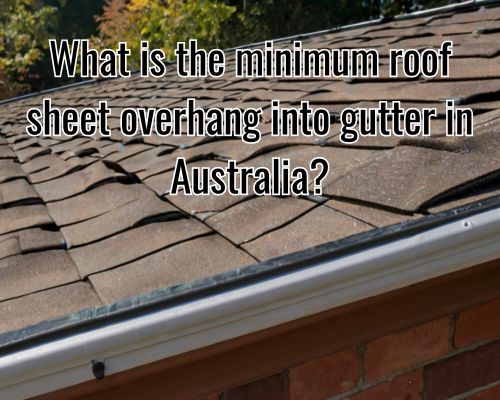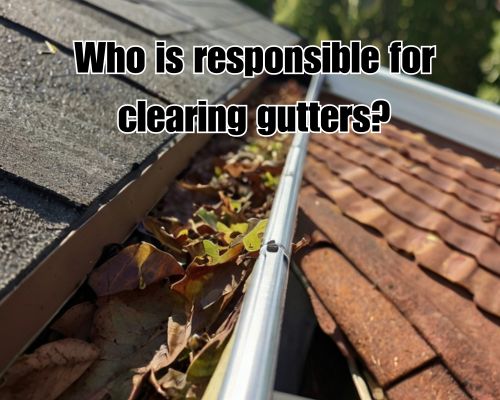
How Can I Match My Existing Cabinets? A Guide for Homeowners in Mornington, Australia How Can I Match My Existing Cabinets? A Guide for Homeowners in Mornington, Australia
When homeowners in Mornington, Australia, embark on a kitchen or bathroom renovation, one of the most common challenges they face is figuring out how to match existing cabinets. Whether it’s due to expanding the space, replacing damaged units, or upgrading hardware, ensuring new additions blend seamlessly with the current cabinetry is essential for maintaining aesthetic coherence and property value.

But matching cabinets isn’t as straightforward as finding a similar colour swatch. It involves considering factors like cabinet material, door style, finish, and hardware detailing—all while keeping in mind the Mornington Peninsula’s popular home styles, such as coastal Hamptons, modern-minimalist, and rustic country. With Leona Rodriguesi of Mornington Cabinet Makers, we will explore practical and professional strategies to ensure a flawless cabinet match, with tips from local trades and design trends specific to the Mornington area.
1. Understand What You’re Matching
Before heading to Bunnings Mornington or contacting a custom cabinetry specialist, start by identifying exactly what needs to be matched. Take stock of these key elements:
- Cabinet material (e.g., MDF, plywood, particle board)
- Door style (Shaker, flat panel, raised panel, etc.)
- Finish and paint colour (satin, gloss, matte, stain, natural timber)
- Hardware type (handles, knobs, hinges)
- Grain direction and joinery techniques
Take detailed photos and, if possible, remove a door or drawer face to bring with you for comparison. In Mornington, where natural light plays a big role in interior aesthetics due to coastal exposure, even slight differences in finish can stand out dramatically.
2. Explore Cabinet Manufacturers and Brands
If your original cabinetry came from a recognisable source like IKEA, Kaboodle, or Freedom Kitchens, there’s a good chance you can still find matching components or accessories. IKEA kitchen systems, such as METOD, have modular parts that can be retrofitted or ordered individually. In Mornington, suppliers like Kitchen Suppliers Australia and Clever Kitchens & Cabinets in nearby Frankston may also stock look-alike profiles.
LSI Keywords to keep in mind:
- Cabinet refacing
- Replacement cabinet doors
- Kitchen cabinet matching
- Custom cabinetry solutions
If the brand is no longer producing your style, look into third-party cabinet makers who offer custom-made replicas. Many Mornington joiners are equipped to recreate discontinued lines using CNC machining and can closely mimic textures, edges, and cuts.
3. Custom-Made Additions for Seamless Integration
Sometimes the only way to match is to custom-make the new cabinets. This route is common in heritage homes around Mount Martha, Red Hill, and Main Ridge, where original cabinets might be made of solid timber and hand-finished.
In such cases, a local cabinet maker can:
- Use timber species like Tasmanian Oak or Blackbutt to match the grain
- Mix paint by spectrophotometer for exact shade matching
- Distress or hand-finish panels to mimic age
Custom builds are ideal when you’re dealing with bespoke cabinetry that features decorative mouldings or unusual profiles.
💡 Pro Tip: Talk to local trades in the Mornington area who specialise in heritage restorations. They’re more likely to have access to reclaimed materials or use traditional joinery techniques to match existing features authentically.
4. Matching Cabinets with Paint & Finish
If cabinet style and structure can’t be perfectly matched, matching the paint finish can still bring visual harmony. Many paint manufacturers, including Dulux Australia, have colour matching services. Simply take a drawer front or sample piece to Dulux Trade Centre in Mornington, and they can replicate the exact tone—even if it has yellowed over time.
Also, consider:
- Refinishing existing cabinets to match the new additions instead of vice versa
- Glazing, antiquing, or whitewashing to unify mismatched tones
- Applying a protective clear coat for sheen consistency
Blending finishes can often make a bigger visual impact than matching styles precisely. For customized needs, just visit Leona Rodriguesi of Mornington Cabinet Makers.
5. Coordinate Through Cabinet Hardware
When exact cabinet matching isn’t achievable, shift focus to hardware coordination. Swapping all the knobs and pulls across the room can unify cabinets of varying styles or shades. In fact, Mornington’s popular modern coastal aesthetic often leans on brushed brass or matte black fixtures to add cohesion and luxury.
Visit local suppliers like Sorrento Furniture Hardware or Mornington Timber & Hardware to browse matching handles, drawer pulls, and hinges in-person.
✅ Quick Fix Tip: Add a matching toe kick or filler strip between mismatched cabinets to soften transitions visually.
6. Use Strategic Layout & Design Tricks
Interior designers often use visual hierarchy to disguise mismatched cabinetry. In Mornington homes, especially those with open-plan layouts, the eye naturally follows symmetry, colour balance, and lighting.
Try:
- Framing mismatched cabinets with consistent bench tops
- Installing open shelving or glass-front cabinets between different styles
- Breaking cabinetry zones with appliances or tiled backsplashes
- Painting wall colours to draw focus away from minor inconsistencies
Consider how the layout in spaces like peninsula kitchens, galley-style kitchens, or L-shaped configurations can be used to separate cabinet runs naturally.
7. Consult a Cabinetry Professional in Mornington
For the most accurate match, consider working with a local cabinetry expert. Mornington-based businesses such as:
- Port Phillip Kitchens
- Bayside Cabinet Makers
- Elite Kitchens & Cabinets
…offer in-home consultations, material sampling, and layout redesigns to ensure seamless blending. These specialists understand the climate conditions, design trends, and architectural styles in Mornington—allowing for a more refined approach than online retailers or DIY solutions.
Plus, their access to local suppliers and hard-to-source finishes makes the process much smoother for you.
Conclusion: Matching Cabinets Is an Art and a Science
So, how can you match your existing cabinets? The answer lies in a mix of observation, sourcing, adaptation, and sometimes a bit of creativity. Whether you’re blending old and new in your Beachside Mornington villa or updating a contemporary townhome, start by assessing the original cabinetry, and explore both local and national suppliers. Don’t be afraid to turn to professionals when it counts—especially when you want a seamless, high-value result that enhances your home’s charm and resale potential.
Matching your cabinets isn’t just about duplication—it’s about cohesion. And with a little strategic design and access to Mornington’s rich network of cabinetry experts, you can pull off the perfect blend.








